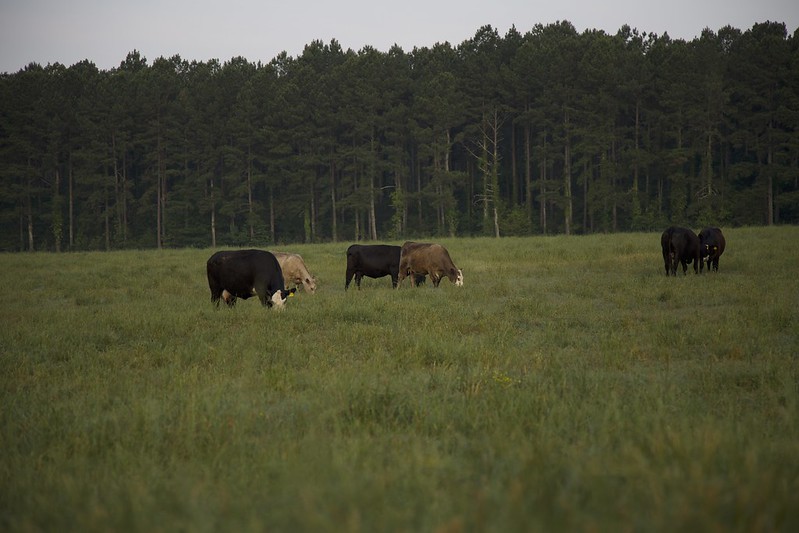
With fall around the corner and hay in the barn, it is that time of the year when beef producers are starting to plan for the winter. Until then, a few simple beef management practices can be followed.
The flies that are attracted by hot and humid weather can usually be managed with fly tags, but if these have gotten old, it may be time to begin spraying or applying back ointments.
Other ailments that are common with the hot weather are pinkeye, cancer eye and foot rot. Checking for these regularly can prevent serious infections from occurring.
While providing enough water in July is a no-brainer, ensuring clean water with balanced minerals is critical for herd health. For instance, a nursing cow can drink 17 gallons of water daily.
For continued forage health, begin treating for grubs until October 1. Larva of June beetles and Japanese beetles can cause serious damage to pastures, especially if those pastures had chicken litter or other manure applied to them.
If planning for winter forage has not been completed yet, plan to purchase seed, set plantings dates and determine if protein supplements will need to be purchased. It should be noted that cattle need to be in good condition before winter approaches.
Other preparations can include servicing equipment, updating records, repairing corrals and rotating heifers and fall-calving cows to a paddock close to a handling facility.
Once all of those tasks are squared away, be sure to pregnancy check cows and heifers 45-60 days after the breeding season has ended. The open heifers and poor producing cows should be culled, and a plan should be made for calf weaning management. Also, do not forget to purchase ear tags for fall calves.